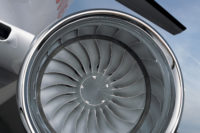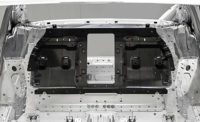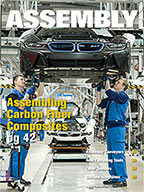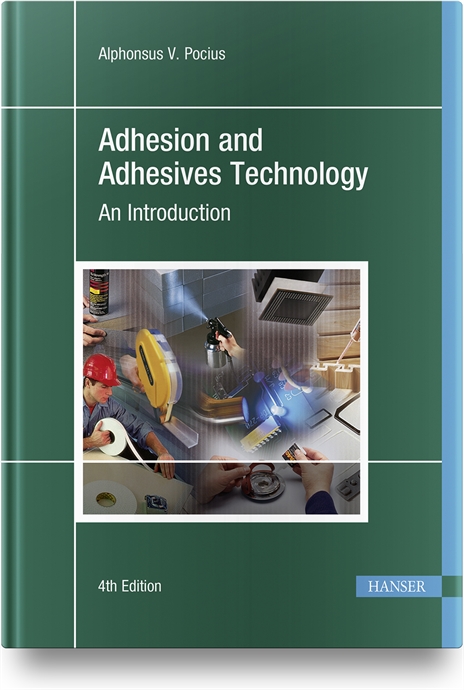Several big hurdles need to be overcome before there will be more widespread use of carbon-fiber composites in the auto industry. Major issues include material cost, high-volume processing, repeatable quality and overall cost effectiveness.
“The first of these issues is slowly being addressed with more raw material suppliers coming to market and existing suppliers increasing supply,” says Phil Hall, managing director of Caterham Composites, a British company that has recently branched out beyond its auto racing roots. “As this scenario develops, the competitive nature of business will help drive prices lower.”
According to Sandeepan Mondal, a research analyst at Frost & Sullivan Inc., material cost is the No. 1 impediment to more widespread use of carbon-fiber reinforced composites (CFRP) in the auto industry. “It is an accepted norm in the industry that if the carbon fiber price drops below $5 per pound, then it will be cost-feasible to manufacture mass-market CFRP parts,” he explains.
“Because most carbon fiber is produced from a polyacrylonitrile(PAN)-based precursor, which in turn is a product of crude oil, we don’t foresee a big decline in carbon fiber prices in the long term,” warns Mondal. “However, given the research efforts directed toward producing carbon fiber from other precursors like lignin, if it’s commercialized, [there may be] a significant decline in carbon fiber prices post-2018.
Another challenge facing automotive engineers is the high cycle times associated with current composite fabrication methods. “Many companies have come forward with innovative techniques which have reduced cycle times to less than five minutes, which can enable production of more than 50,000 to 100,000 CFRP parts per year,” Mondal points out. “With reduced cycle times, a high throughput rate is assured and this makes the whole process cost efficient, despite the high material cost.”
Gary Lownsdale, P.E., chief technology officer at Plasan Carbon Composites, a Tier 1 supplier of carbon-fiber parts and assemblies to Chrysler, General Motors and other automakers, believes three key issues will continue to slow the widespread use of CFRP in the auto industry.
“The high cost of the precursor material must be brought in line with more traditional materials,” says Lownsdale. “A consortium of 42 companies is working with Oak Ridge National Laboratory to develop a low-cost sustainable precursor material for the creation of carbon fiber. Successful commercialization of this research effort will [encourage engineers] to select carbon-fiber materials that are closer in line with the economics or glass fiber and polymer technologies.
“The slow processing speed of CRFP materials have prevented CFRP from being specified on large-volume models,” claims Lownsdale. “The pressure-press technology [that we developed] now permits use of CFRP components on medium-volume programs. Additional research into reefing the pressure-press, thermoforming and resin transfer molding technologies will lead the way toward allowing the spread of CFRP components to high-volume programs over the next few years.
“The lack of industry data in high strain rate applications has slowed the entry of CFRPs into structural applications, since it impairs the abilities of engineers to properly perform their computer-aided engineering and finite element analyses (FEA),” adds Lownsdale. “There is currently work underway by the United States Council for Automotive Research and the U.S. Department of Energy to develop such an industry database, as well as to modify the current computer code of FEA programs to accommodate the specific energy absorption and impact capabilities for carbon-fiber materials.”







